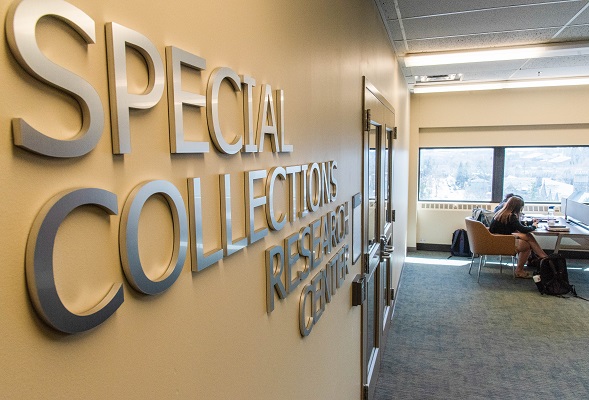This collection contains correspondence, news clippings, writings, manuscripts, and ephemera related to Barbara Murphy's involvement in student protest movements at the University of Michigan in the 1960s. Also included are reports, manuscripts, administrative materials, and correspondence generated during her subsequent career at the University of Michigan, primarily concerning her work to advance women's rights at the university.
This collection contains correspondence, news clippings, writings, manuscripts, and ephemera related to Barbara Murphy's involvement in student protest movements at the University of Michigan in the 1960s. Also included are reports, manuscripts, administrative materials, and correspondence generated during her subsequent career at the University of Michigan, primarily concerning her work to advance women's rights at the university.
The correspondence largely consists of mailings sent to Murphy from former SDS members coordinating reunions, particularly the 1977 reunion. It also includes mail sent between other SDS members (not Murphy herself), including Alan Haber, the organization's first president. Notable is the correspondence concerning the 1965 anti-Vietnam War Teach-In, the first of a number of such events across the country in which professors cancelled classes and gave antiwar seminars for 12 hours. Additionally, there is a small number of interdepartmental letters from Murphy's career at the University, as well as information and appeals concerning various social causes.
Before her passing, Murphy had begun to organize her files herself. The files she pulled together have been maintained in their original order with their original titles transcribed. Most of these folders concern Murphy's professional career.
The Administrative records subseries is grouped by relevant organization or institution. Materials within folders are organized chronologically. Papers include organizational agendas and minutes, funding proposals, reunion planning, and policy guidelines. Most are related to Murphy's career at the University.
The Printed Materials series is grouped by type of printed material. Materials within folders are organized chronologically. The journals, newsletters, manuscripts and essays largely consist of writings by SDS members or other members of the New Left. Ephemera comprises a variety of pamphlets, broadsides, flyers, and stickers distributed by student activist organizations. Most relate to antiwar and anti-draft activism, particularly the 1965 teach-in. The majority of research reports and surveys were generated by researchers at the University of Michigan and concern gender equality on campus. The news clippings concern both SDS and academic women's issues.
Finally, the SDS files folder contains a handful of SDS papers that did not easily fit into other folders, including a booklet of protest songs, a biographical booklet about former SDS president Paul Potter, and a copy of an FBI memorandum regarding surveillance of the New Left in Ann Arbor.
